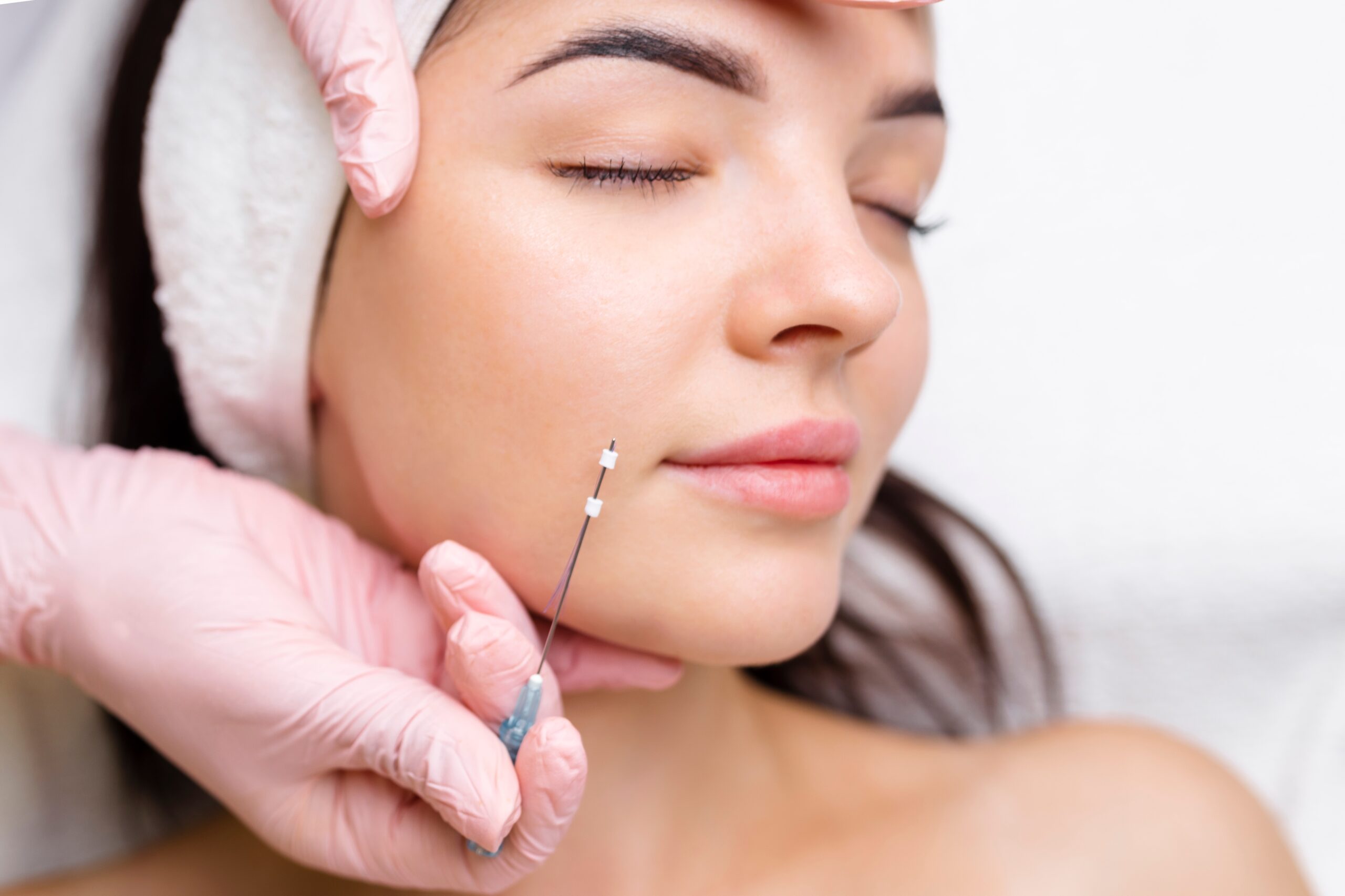A surprising 86% of adults in the United States take vitamin supplements. Many people now look at vitamin infusion therapy—also known as intravenous micronutrient therapy—as a different way to get their nutrients.
This therapy might help with several health issues, but you might wonder what really happens during an IV drip session and what specific benefits you could get from it. We will dive into the science behind vitamin IV drips and see how this treatment actually works so you can decide whether it’s right for you.
How IV Vitamin Therapy Delivers Nutrients to the Body
Your body receives essential nutrients through a completely different pathway with vitamin infusion therapy compared to oral supplements. This method is a great way to get faster and better nutrient absorption.
Mechanism of Direct Bloodstream Infusion
A small tube inserted into your arm’s vein delivers nutrients directly into your bloodstream. Your digestive system doesn’t play any role in this process. The infusion contains a precise mix of vitamins, minerals, and hydration fluids that a trained healthcare professional administers based on your health goals.
These nutrients reach cells throughout your body right away and help with energy production, immune support, and cellular regeneration. The whole process takes 20 to 60 minutes, based on how much solution you need and your vein size.
Why Bypassing Digestion Matters
IV vitamin therapy’s biggest advantage is its superior bioavailability—how much of the nutrients your body can actually use. Oral supplements must go through your complex digestive system, where several factors can limit absorption:
- Digestive health conditions (like Crohn’s disease, IBS, or celiac disease)
- Poor intestinal health
- Nutrient interactions in the gut
- Gastric acidity and enzyme activity
Oral supplements must also undergo first-pass metabolism in the liver, which significantly reduces their potency before they reach your bloodstream. IV therapy skips these obstacles and delivers nutrients with almost 100% bioavailability, while oral supplements only achieve 10-50%.
This difference matters even more if you have malabsorption issues and struggle to maintain proper nutrient levels through diet or oral supplements. IV vitamin therapy could be a better option if you have digestive concerns or severe deficiencies.
Time to Effect vs. Oral Supplements
The speed of delivery marks another key difference between these approaches. Oral supplements need several hours to digest, process, and metabolize before your body can use the nutrients. Even then, only a small amount becomes available.
IV vitamin therapy, on the other hand, makes nutrients available to your cells within minutes. This quick delivery could help in situations that need fast nutrient replenishment, such as:
- Post-workout recovery
- Immune support before travel or events
- Dehydration relief
You might notice the effects of IV therapy during the treatment itself, with benefits showing up shortly afterward. All the same, it might take several hours to a few days to absorb and use these nutrients fully, depending on your metabolism and the specific vitamins.
IV vitamin therapy has these advantages over oral supplements, but oral vitamins are still beneficial for ongoing maintenance and can help maintain nutrient levels achieved through IV treatments. Your specific health needs and goals will determine which approach works better for you.
What’s Inside a Vitamin IV Drip?
Vitamin IV drips come in many different blends of vitamins, minerals, amino acids, and other nutrients. Each infusion has a unique mix based on what it aims to achieve. The base solution sets the foundation that determines how the treatment will work.
Common Vitamins and Minerals Used
A sterile mix of water and sodium chloride (saline solution) forms the base of most vitamin IV drips. This solution carries other nutrients and helps with hydration. The typical base solution contains:
- B-complex vitamins: Including B1 (thiamine), B2 (riboflavin), B3 (niacin), B5 (pantothenic acid), B6 (pyridoxine), and B12 (cobalamin), which support energy production and nervous system function
- Vitamin C: A powerful antioxidant that helps boost immune health
- Magnesium: A mineral that plays a role in hundreds of biochemical reactions in your body
- Calcium: Essential for bone health and muscle function
- Zinc: Crucial for immune function and wound healing
Many IV drips add compounds like antioxidants, amino acids, or trace minerals depending on what’s needed.
Custom Formulations Based on Health Goals
Personalized IV therapy has become more accessible to people. Healthcare providers can suggest custom formulas that match your specific health goals. Your IV drip might include more vitamin C, zinc, and selenium if you want immune support. These nutrients play key roles in immune function. You can also add “booster” nutrients to any base formula.
Evaluating the Benefits of IV Therapy
IV vitamin therapy has become popular because of its claimed benefits. Many people say it works well for them, but we need to look at these claims carefully.
Hydration and Energy Restoration
Your bloodstream gets fluids directly through IV therapy, which works faster than just drinking water. This quick delivery helps a lot when you’re mildly or moderately dehydrated. People feel refreshed after getting an IV drip treatment.
B vitamins and magnesium work together in vitamin IV drips to support your metabolism and boost your energy. People who feel tired often notice an immediate energy boost after treatment. The energy increase could occur because IV therapy helps alleviate dehydration, and maintaining good hydration levels is vital for energy.
Support for Immune Function and Skin Health
IV therapy formulas contain vitamin C and other antioxidants that could boost your immune system and protect you from common illnesses. Research shows mixed results about IV vitamin therapy’s immune benefits, but some people say they get sick less often with regular treatments.
Your skin can look better with IV hydration therapy because it works from the inside out. Treatment providers say this internal hydration makes your skin look fuller and brighter, with fewer fine lines. Skin cells get saturated with moisture, which helps improve elasticity and reduces dullness.
The combination of hydration and vitamins might also help your skin’s natural barrier work better. Some experts believe IV therapy helps remove toxins that can cause acne and other skin problems.
Use in Sports Recovery and Wellness Routines
Athletes now use IV therapy to recover faster after intense workouts. These treatments target several post-exercise needs:
- Quick rehydration after heavy sweating
- Electrolyte replacement for muscle function
- Amino acids that help muscles recover
People also use IV therapy beyond sports recovery. Some add regular treatments to their self-care routine to help with detox and nutrient levels.
Understanding the Risks and Medical Concerns
IV vitamin therapy might offer benefits, but you need to think about its risks too. The procedure is generally safe, yet some medical concerns need careful attention.
Unregulated Dosages and Nutrient Overload
Your body’s natural digestive safeguards get bypassed during IV vitamin therapy, which creates the biggest risk. Vitamins enter your bloodstream directly and might lead to vitamin toxicity based on your current nutrient levels. For instance, your body stores fat-soluble vitamins (A, D, E, and K) in tissues, which could cause toxic effects.
Nutrient overload can create several problems:
- Your body might produce more oxalates with high vitamin C doses, which raises kidney stone risks.
- Too much thiamine (vitamin B1) can trigger anaphylaxis, a life-threatening allergic reaction.
- High levels of vitamin B6 could damage your peripheral nerves.
- Wrong fluid amounts might throw off your electrolyte balance dangerously.
Wellness centers lack standardized dosing protocols, which makes this a bigger problem as vitamin concentrations vary between facilities.
IV-related Complications: Clots, Infections
The invasive nature of IV therapy means that your veins might face some complications as well.
For example, phlebitis makes your veins inflamed and can lead to thrombosis in severe cases. When inflammation occurs with a blood clot, it’s called thrombophlebitis, which causes pain and swelling where the needle went in.
Infection ranks among the most serious risks, especially when proper sterile techniques aren’t followed. Your skin protects you from bacteria, but IV therapy creates a direct path into your bloodstream. These infections could develop into sepsis—a life-threatening condition—if left untreated.
Go to the Beauty Vault in West Hollywood for IV Vitamin Therapy
Do you have concerns about your body’s ability to absorb nutrients, or are you simply looking for a more efficient way to achieve this? Come to the Beauty Vault in West Hollywood, where our team of medical professionals is ready to advise you on whether the treatment would help you and what cocktail would be most beneficial for your needs. Get started by calling today at (323) 800-6770 or filling out a contact form.
FAQs
Q1. How does vitamin IV therapy differ from taking oral supplements?
Vitamin IV therapy delivers nutrients directly into the bloodstream, bypassing the digestive system. This results in faster absorption and higher bioavailability compared to oral supplements, which must go through the digestive process and may have limited absorption due to various factors.
Q2. What are some common ingredients in vitamin IV drips?
Typical vitamin IV drips contain a saline base solution along with B-complex vitamins, vitamin C, magnesium, calcium, and zinc. Some formulations may also include additional compounds like glutathione, amino acids, or trace minerals depending on the specific health goals.
Q3. Are there any risks associated with vitamin IV therapy?
Yes, there are potential risks including nutrient overload, vein-related complications like phlebitis, and infection. People with kidney or heart issues may face additional risks. It’s important to have proper medical oversight and lab testing before undergoing treatment.
Q4. Who might benefit most from vitamin IV therapy?
Individuals with nutrient absorption issues, such as those with certain digestive disorders or confirmed vitamin deficiencies, may potentially benefit the most from vitamin IV therapy. It can provide an alternative when oral supplements haven’t been effective.








